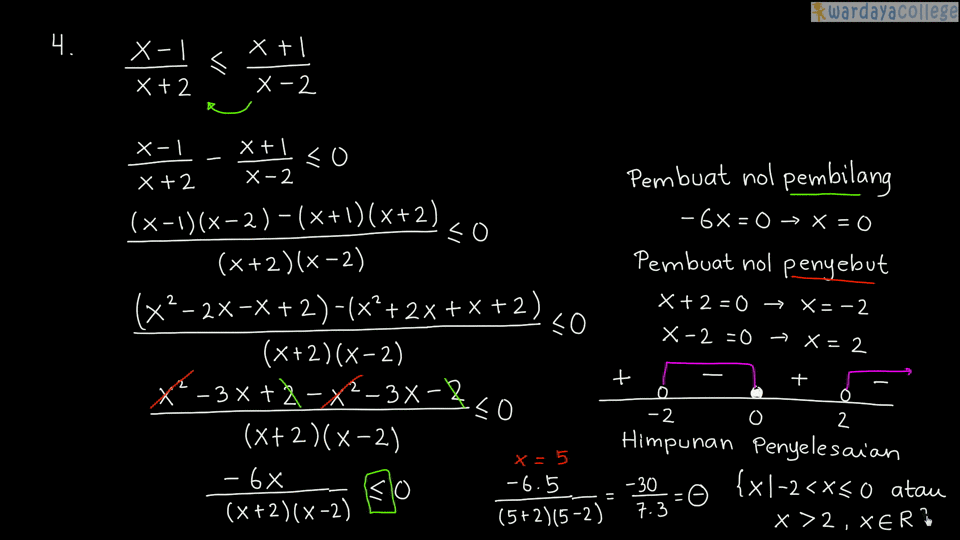

International Nuclear Information System (INIS) They also find that women have been the principal potters through time, although pottery was a male activity among the Island Caribs in the mid-17th c. Further, they find that decoration is uncommon in today's pottery, while Suazoid ceramics included decorations, and that vessel shapes tend to be simple in all 3 traditions. Surfaces are smooth and polished in today's pottery, but more scraped and scratched in Suazoid vessels. Shaping techniques include coiling, and in today's pottery also fashioning with smaller lumps. Authors conclude that all 3 traditions mainly use local clay, and include hand-built and low-fired pottery.

The pottery manufacturing of 3 main cultural traditions are examined, discussing differences, as well as similarities due to cultural blending: Suazoid pottery, later Amerindian Island Carib pottery, with origins in the Guianas region, related to the Kar'ina, and current St Lucian, West African-influenced, "folk pottery". First, they sketch St Lucia's habitation history since the first Amerindian settlers in 200 AD, and evidence of pottery, which climaxed in the later Suazoid period pottery since about 1150 AD, and discuss how later European colonization and arrival of Africans contributed to the decline of Amerindian traditions, replaced by European and West African pottery traditions, although some Amerindian traditions remained. Authors focus on manufacturing processes in different cultural traditions through history, looking at raw materials used, the shaping and finishing, decoration, and firing process. Luciaĭirectory of Open Access Journals (Sweden)įull Text Available Overview of pottery manufacturing traditions in St Lucia, placed within the island's cultural history from pre-Columbian times up to present Afro-Caribbean folk pottery.


In this paper, the pottery differs from the previously studied collections in two ways: first in the classific.įrom Suazoid to folk pottery: pottery manufacturing traditions in a changing social and cultural environment on St. The usual interpretative framework for ceramic variation has been the hierarchical social organisation of the Inca Empire described in the Spanish chronicles. Inca and pre-Inca pottery: pottery from Cusichaca, Department of Cuzco, PeruĪlthough important studies have been made of the Andean pottery of the Inca Empire and its predecessors, these studies usually have been based on pottery collections which lack good archaeological contexts.


 0 kommentar(er)
0 kommentar(er)
